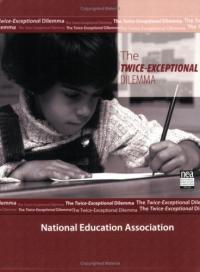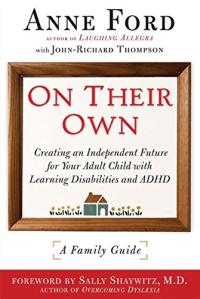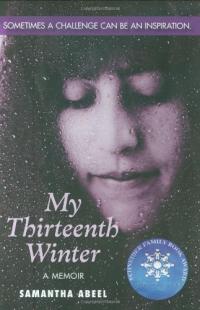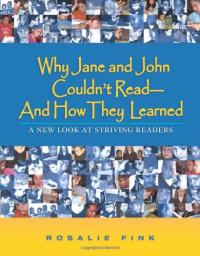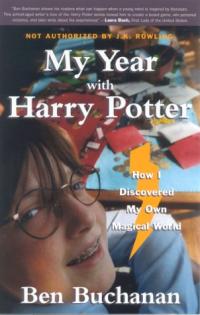
The Survival Guide for Kids with LD
First of all, know this — you’re smart and can learn! You just learn differently. This guide will help answer some of your important questions about having LD, such as “Why is it hard for kids with LD to learn?” and “What happens when you grow up?” It will also provide suggestions on how to deal with issues in school and take some of the mystery out of what having LD means (and doesn’t mean). Includes resources for parents and teachers.
